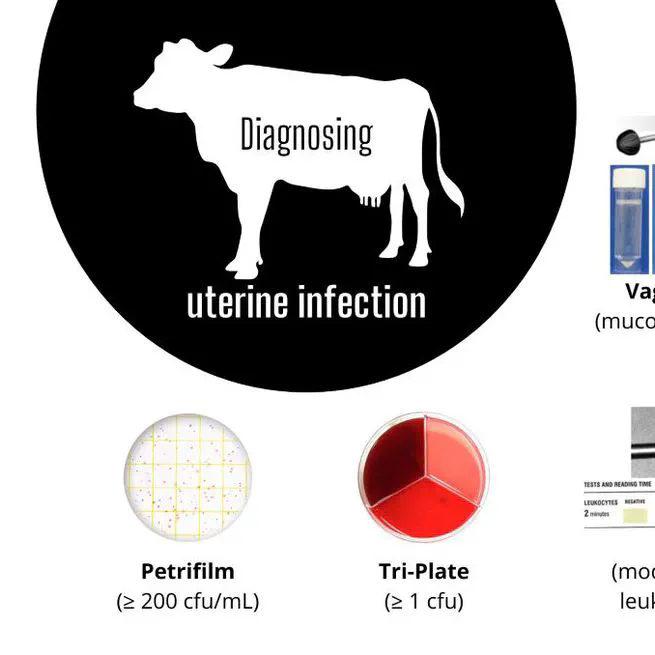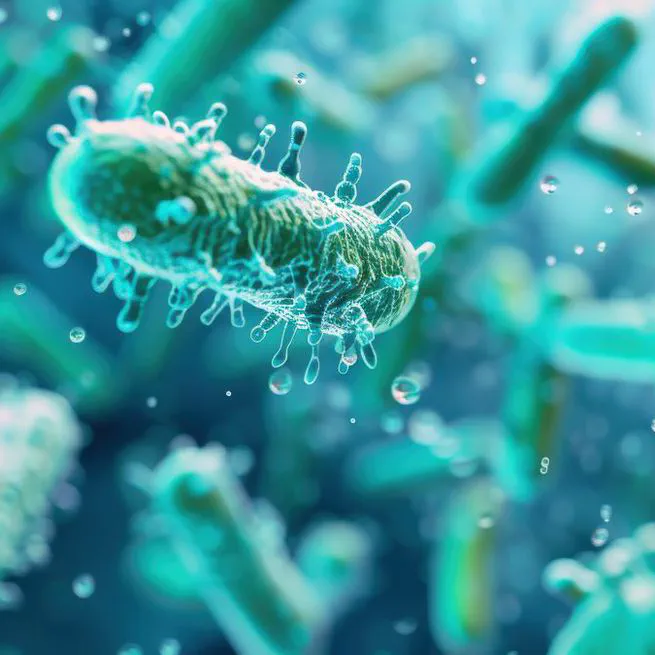This observational study found that elevated nonesterified fatty acids (≥ 160 µmol/L) 22 to 35 days before calving are strongly associated with postpartum metabolic and infectious disorders in dairy cows. This threshold could be used by veterinarians as an early monitoring tool to identify at-risk cows and implement preventive measures before calving.
Jul 15, 2025
This study found that combining an automated activity monitor with tail chalk improves the identification of true estrus in dairy cows, and estrus with higher intensity and longer duration. Tail chalk can serve as a marker of high-intensity estrus and enhance the accuracy of monitor alerts.
Jul 1, 2025

For this project, I am looking for Master’s (M.Sc.) and/or Ph.D. students in veterinary sciences. If you’re interested in the use of technologies on dairy farms and want to explore their impact on animal health and farmers’ quality of life, feel free to contact me here!
Jul 1, 2025

The laboraty test was the most accurate for detecting uterine infections in dairy cows, but it is not practical on farms. A simpler method called luminometry may be a useful alternative.
Jun 1, 2025

This project needs a Master’s degree (M.Sc.) student in veterinary science. If you have a background in veterinary medicine, animal science, molecular biology, bioinformatics, or a related field, and you have experience in research laboratories and working with cattle, please contact us!
Jun 1, 2025
Treating dairy cows with reproductive diseases significantly improved their chances of getting pregnant again, compared to cows with these diseases that weren’t treated.
Mar 2, 2025
Two on-farm tests allowed to detect reproductive diseases in dairy cows, showing that cows with these conditions had lower chances of becoming pregnant compared to healthy cows.
Mar 1, 2025
Many dairy cows had long reproductive cycles not solely due to pregnancy loss, suggesting that extended luteal phase might be a common but overlooked feature in high-producing cows.
Oct 1, 2024
Dairy herds with more cows showing high blood levels of nonesterified fatty acid before calving were more likely to have cows develop reproductive diseases and to have poor success at first insemination.
Jan 1, 2024
While progesterone levels during follicular growth did not affect estrus intensity or duration, higher progesterone resulted in more follicles at AI and better embryo quality, suggesting a role for progesterone in improving embryo production in superovulated heifers.
Dec 1, 2023